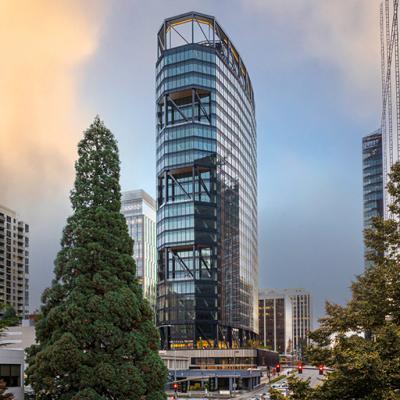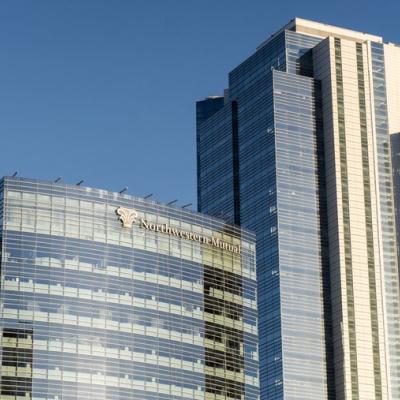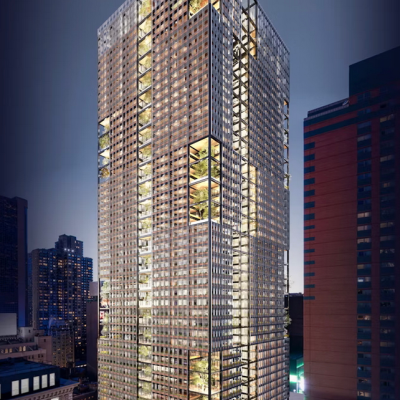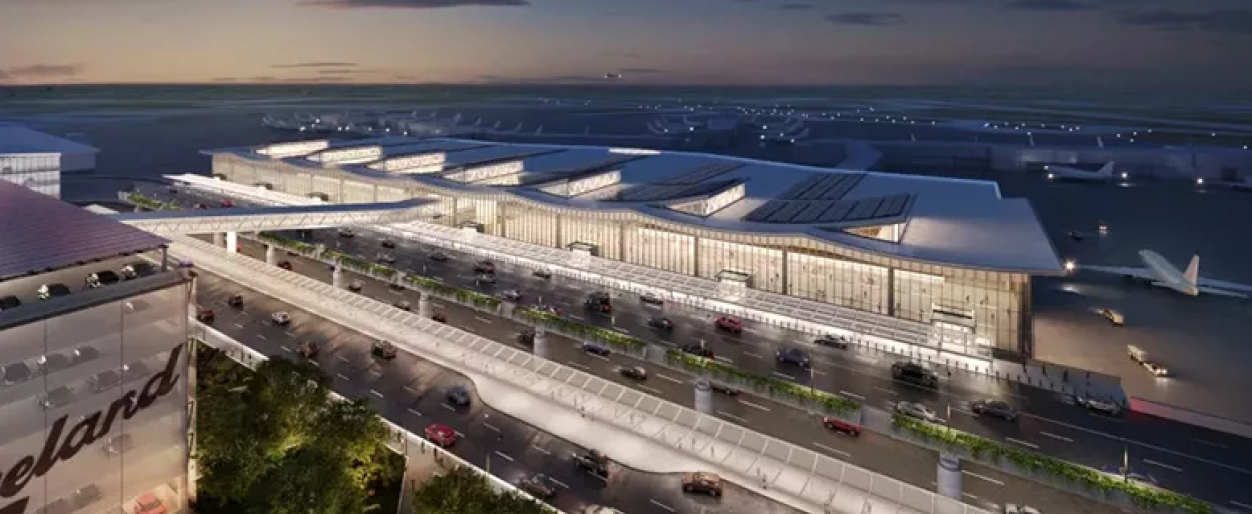Office Development: In downtown Bellevue, The Eight also helped earn Skanska Developer of the Year honors. Pickard Chilton designed the LEED-certified project, which Skanska built. Besides Pokemon, tenants include Trade Desk and the coming Sabine Cafe. The latter will slot into the lobby, which also features a vinyl album listening lounge and many other amenities.
With the exterior façade finished on Northwestern Mutual’s $500 million north office tower renovation, crews are working their way through some of the interior and amenities spaces.
Construction on the base building is roughly 80% complete, while interior work is closer to 50% and expected to be completed by the middle of next year. The building remains on track for completion in early 2027.
The renovation project was designed as the insurance provider plans to move roughly 2,000 employees downtown from its Franklin campus.
The 2025 NOMA Phil Freelon Awards reveal how design excellence and social impact are becoming inseparable. The Vision Design Excellence Honor Award went to Pickard Chilton’s Michael Hensley, AIA, RIBA, for The Grid Commons in New York City. A citation was also presented to Hensley for T3 Rino in Denver, CO, underscoring Pickard Chilton’s strong showing at this year’s awards.
“The massing, color, and structural expression pay homage to the natural beauty and the architectural heritage of the Pacific Northwest,” said Anthony Markese, principal at Pickard Chilton. “The Eight’s unique faceted tower form and sunlit public plaza were envisioned as a prototype for the catalytic transformation of a key site in the heart of Bellevue, Washington.”
A significant focus for our studio lately is the sustainable repositioning and reimagining of existing buildings into high-value assets for owners across the country.
CLE Connection Group is comprised of Gilbane Building, Donley's Next Generation Construction, Independence Excavating, interior design firm Vocon, architectural firm Pickard Chilton, Osborn Engineering, Desman Parking Consultants and construction firm GFT.





